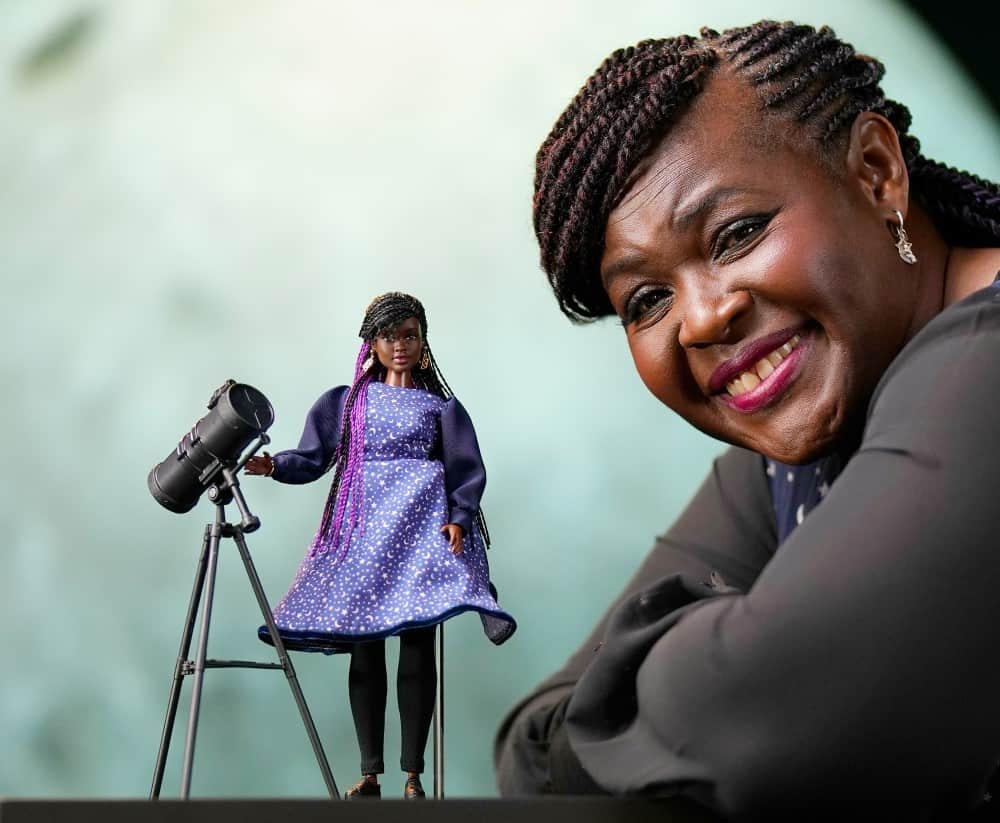Scientists are almost halfway through the process of aligning the 18 hexagonal mirror segments of the James Webb Space Telescope (JWST), the most powerful observatory ever sent to space. NASA has said that the scientists have completed the second and third out of the total seven phases of mirror alignment. With the completion of these phases, called Segment Alignment and Image Stacking, the team will now start making minor adjustments to the positions of James Webb’s mirrors. The agency has said that completing this process was key to making all these mirrors work in unison, as a team.
NASA added that the remaining stages will involve more minute adjustments to take an image of a distant star as a single, precise point. Although the completed stages put all the light from a star in one place on the Near-Infrared Camera (NIRCam), the mirror segments are still working as 18 small telescopes and not as a single lens. So, the segments will have to be lined up to each other with incredible accuracy – smaller than the wavelength of the light.
#NASAWebb has completed 2 more phases of its 3-month mirror alignment process: First, the team made adjustments to its mirror segments & updated the alignment of its secondary mirror, refining each of the 18 dots of starlight from its 18 mirror segments. #UnfoldTheUniverse pic.twitter.com/2H4EMAo8ck
— NASA Webb Telescope (@NASAWebb) February 25, 2022
“We still have work to do, but we are increasingly pleased with the results we’re seeing,” Lee Feinberg, optical telescope element manager for Webb at NASA’s Goddard Space Flight Centre was quoted as saying in a NASA blog. “Years of planning and testing are paying dividends, and the team could not be more excited to see what the next few weeks and months bring.”
The blog also showed how the completion of the first three phases helped them get sharper images of stars from the James Webb Space Telescope. And scientists have already embarked on the fourth phase of mirror alignment, called coarse phasing. The process will allow engineers to correct minor differences in heights between mirror segments. “This will make the single dot of starlight progressively sharper and more focused in the coming weeks,” NASA said.
James Webb was launched into space on Christmas last year from French Guiana. James Webb Space Telescope’s primary objective is to unravel the mystery of the Universe’s birth nearly 14 billion years ago.
For details of the latest Nokia, Samsung, Lenovo, and other product launches from the Mobile World Congress in Barcelona, visit our MWC 2022 hub.





